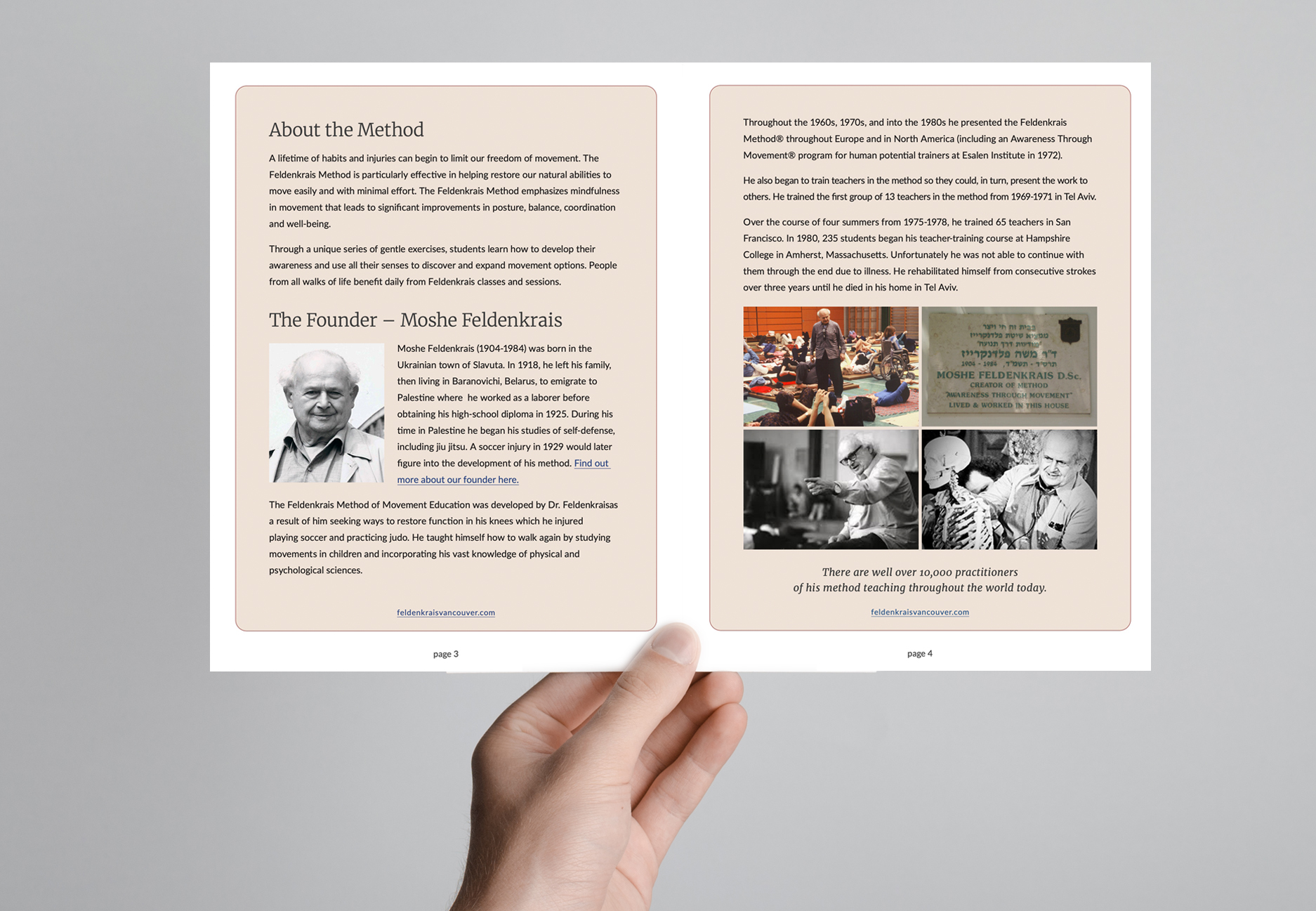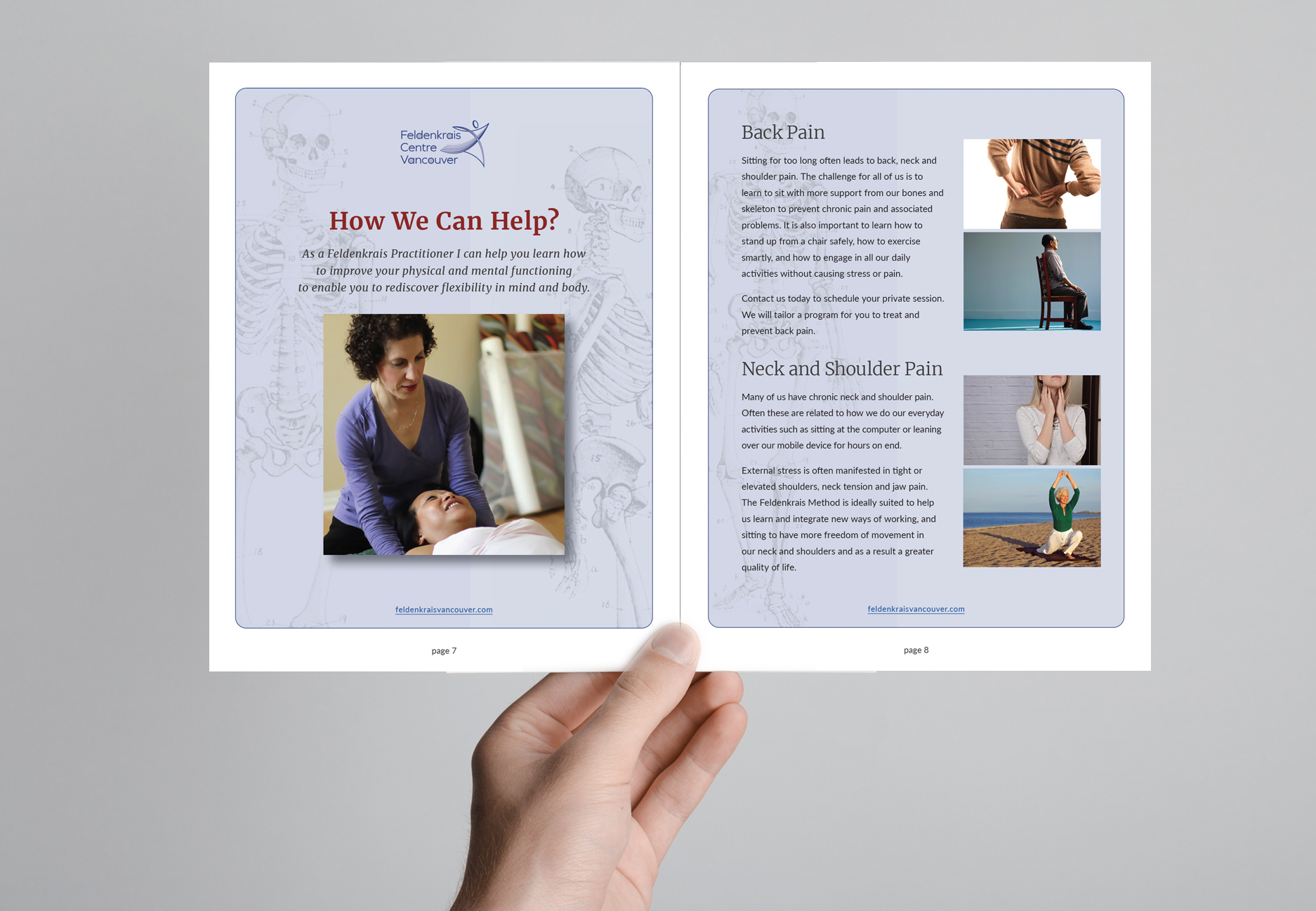I often repeat a mantra to my students that “motion is lotion” (credit and apologies to the wise student who first suggested it but I forget now who it was). Motion helps to lubricate the joints, muscles and skeletal system. Now, some expert support from those suggesting that the traditional recommendation for early treatment of injuries with PRICE (protection, rest, ice, compression and elevation) may no longer be the best strategy. An editorial in the British Medical Journal suggests that except for the period immediately following trauma, a balanced and incremental rehabilitation program focusing on progressive and optimal loading with early activity encourages early recovery. Rest has its place but too much of it can lead to immobility and delay in tissue repair. Each individual is unique as is their injury and how they respond to the event. Careful consideration and consultation with rehabilitation professionals is key to building a specific program for optimal recovery.
Slow, gentle movements done with awareness are the foundation of the Feldenkrais Method. I rarely suggest an injured student not move at all; in some cases imagined movements or even one or two slow and considered movements alternated with rest can begin to lubricate a joint or muscle and start the person on the road to functional recovery. Moshe Feldenkrais said “movement is life, without movement there is no life.” For each action you do, pay attention to how you make the movement, how you are breathing and whether there are other areas in your body you can soften and include.



